June 4, 2018 | Stephen Fine, Founder and President
Non-Melanoma Black Skin Growths
It is very important to have any suspicious new and pre-existing moles or skin growths checked out by a dermatologist in a timely fashion. However, it’s also important to understand that suspicious-appearing growth often turn out to be either benign, or a lesser form of skin cancer, than the potentially lethal melanoma.
This blog post focuses on 5 different forms of black skin growths that are not melanoma.
Seborrheic Keratosis
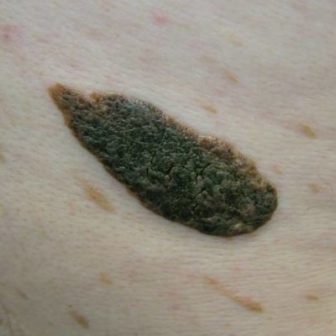
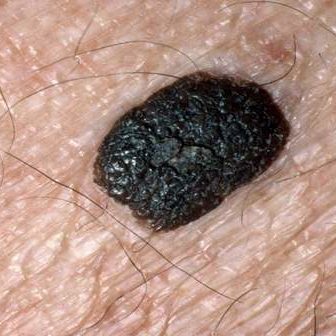
While its name may sound frightening, these waxy-textured skin growths are common in people who are middle-aged or older. They most often appear on the head and neck, but they can develop in any are except the palms and soles of the feet.
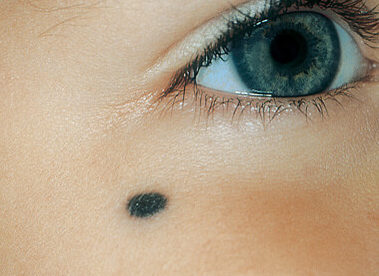
Blue Nevi
Nevi is just the medical term for the common mole. These most-often benign, isolated moles range from smooth to slightly elevated. They usually develop on the head, neck, back, palms and soles.
Black Skin Tags
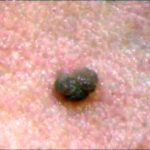
Skin tags are those annoying (yet perfectly harmless) soft, mushroom-shaped protuberances that are often found on the neck or armpits. Nearly all of them will match your skin’s hue; but some change to black, and a few are black from the very start of development.
If a skin tag turns black, it’s due to a lack of oxygen and it will usually fall off within a week or two. While there are many ways to successfully deal with skin tags, some people have them removed with liquid nitrogen or tie them off with a strand of thread.
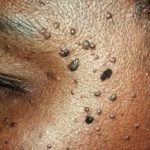
Dermatosis Papulosa Nigra (DPN)
DPN is another quite common condition. It consists of multiple small, benign skin lesions visible on the face that begin most often in puberty, and predominantly affect dark skin-toned individuals.

Pigmented Basal Cell Carcinoma (PBCC)
As with Seborrheic Keratosis, Basal Cell Carcinoma sounds much worse than it actually is. It rarely, if ever, metastasizes (spreads to other areas of the body). PBCC can affect both light and dark-skinned individuals.
Please remember (and also let others know) that skin conditions, whether cancerous or not, do not discriminate; they can impact anyone of any skin color. Unfortunately for skin cancer, and positively for us, public education combined with the efforts of medical science will ultimately be its downfall.
The clock is ticking on melanoma; it’s only a matter of time.
*Additional source article credits: American Academy of Dermatology, DermNetNZ, NCBI.gov
